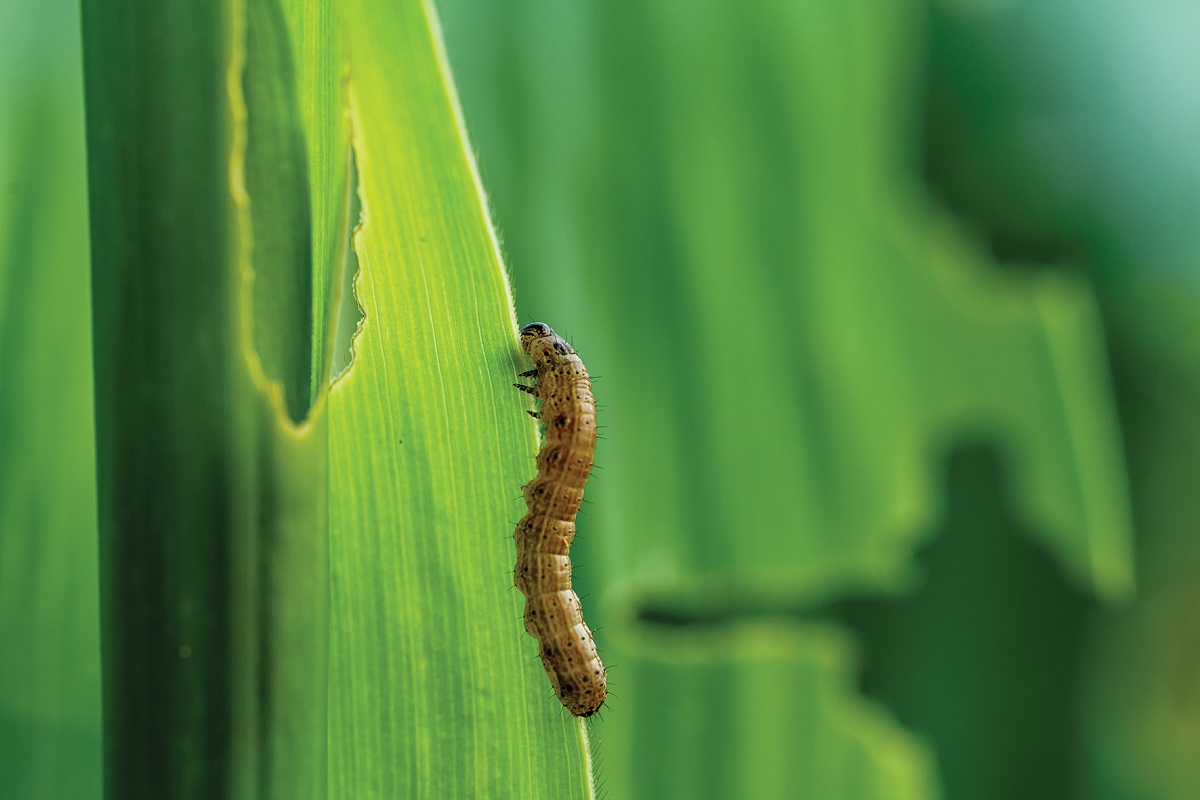
If fall armyworm does become established in your area and your orchard borders broadacre (especially corn or maize) or vegetable crops, the top tip is to continuously monitor, especially in the rows closest to the neighbouring crops. “I think it’s unlikely to cause significant issues for avocado growers.” Top tips for avocado growers “On the Atherton Tablelands, we are seeing huge numbers of fall armyworm in corn/maize in areas where there are a lot of avocados in the general area, yet this is the only case of fall armyworm in avocados that has been reported. “We still believe the avocado is not a true host of fall armyworm, and that these “spill-over” cases are probably somewhat rare,” he says. Image (wings closed): William Lambert, University of Georgia, .ĭr Newton says the instance on the Atherton Tablelands involves an orchard “very close” to very heavily infested maize and Rhodes grass.

Males have more patterns with a distinct white spot on forewings. The moth is 32-40mm from wing tip to wing tip, with a brown or grey forewing, and white hind wing. “Under these densities, other neighbouring crops will sometimes get attacked to some extent.” “The fall armyworm’s main host crop is corn (and perhaps some grasses/weeds), where it will breed-up in huge densities over the course of the growing season.

“However, we are pretty sure this is what we refer to as a ‘spill-over’ event,” Dr Newton says.

Queensland Department of Agriculture and Fisheries researcher Dr Ian Newton says there has been one report of fall armyworm ( Spodoptera frugiperda) in avocados on the Atherton Tablelands, in early 2021. While avocados aren’t the main target of the fall armyworm, it would seem the new pest might attack avocado trees if they happen to be near an area of high infestation, but researchers remain confident it will not be a significant issue for the Australian industry. Fall armyworm may opportunistically target avocado


 0 kommentar(er)
0 kommentar(er)
